Incredible structures that were built by ancient civilizations
Throughout history, humans have been fascinated by grand structures that defy time and logic. These ancient architectural wonders not only showcase the ingenuity of past civilizations but also enshroud themselves in mystery.
From the towering pyramids in Egypt to the intricate carvings of distant lands, each structure tells a story that invites exploration and awe. Let’s embark on a journey through some of these remarkable feats and uncover the secrets they hold.
The Great Pyramid of Giza: A Marvel of Engineering
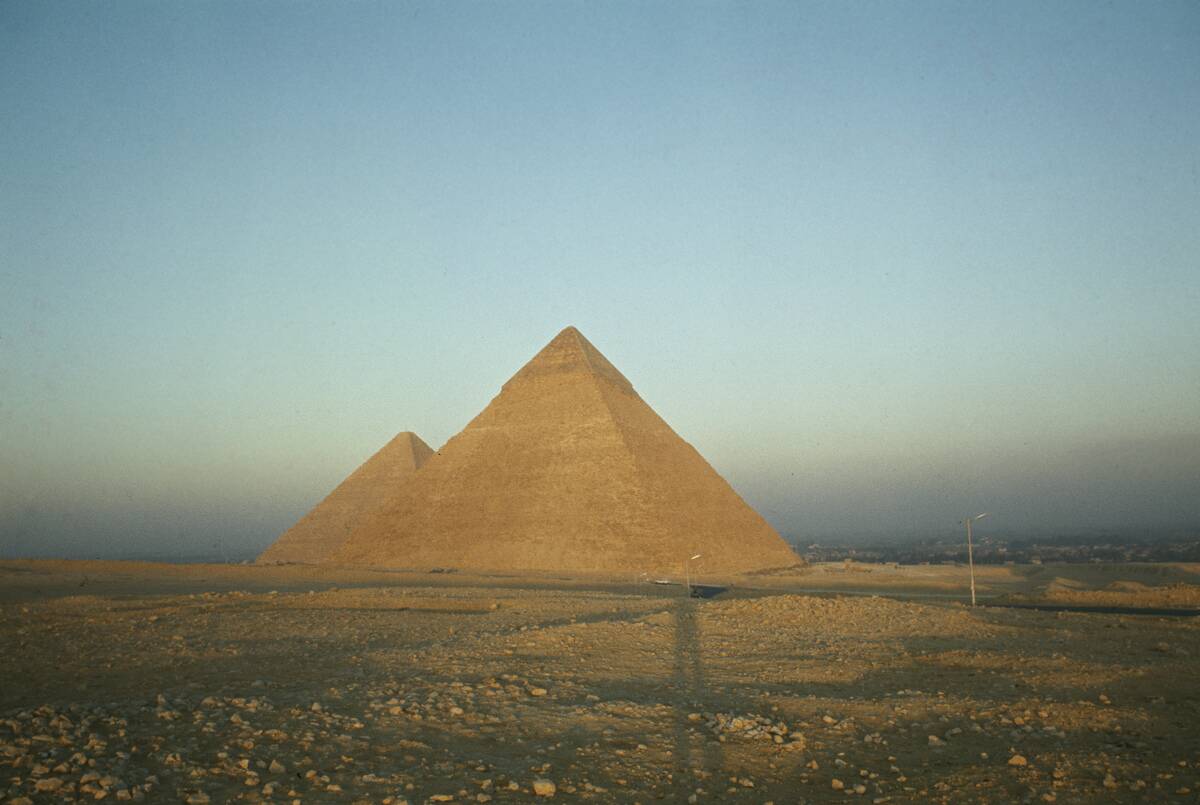
The Great Pyramid of Giza, the last of the Seven Wonders of the Ancient World, stands as a testament to human engineering. Built around 4,600 years ago, it originally rose to a height of 146.6 meters (or 481 feet).
Its construction involved an estimated 2.3 million blocks of stone, each weighing between 15 and 80 tons. Despite countless theories, the exact methods used to achieve this feat remain a subject of debate, adding to its mystique.
Stonehenge: The Mysterious Stone Circle
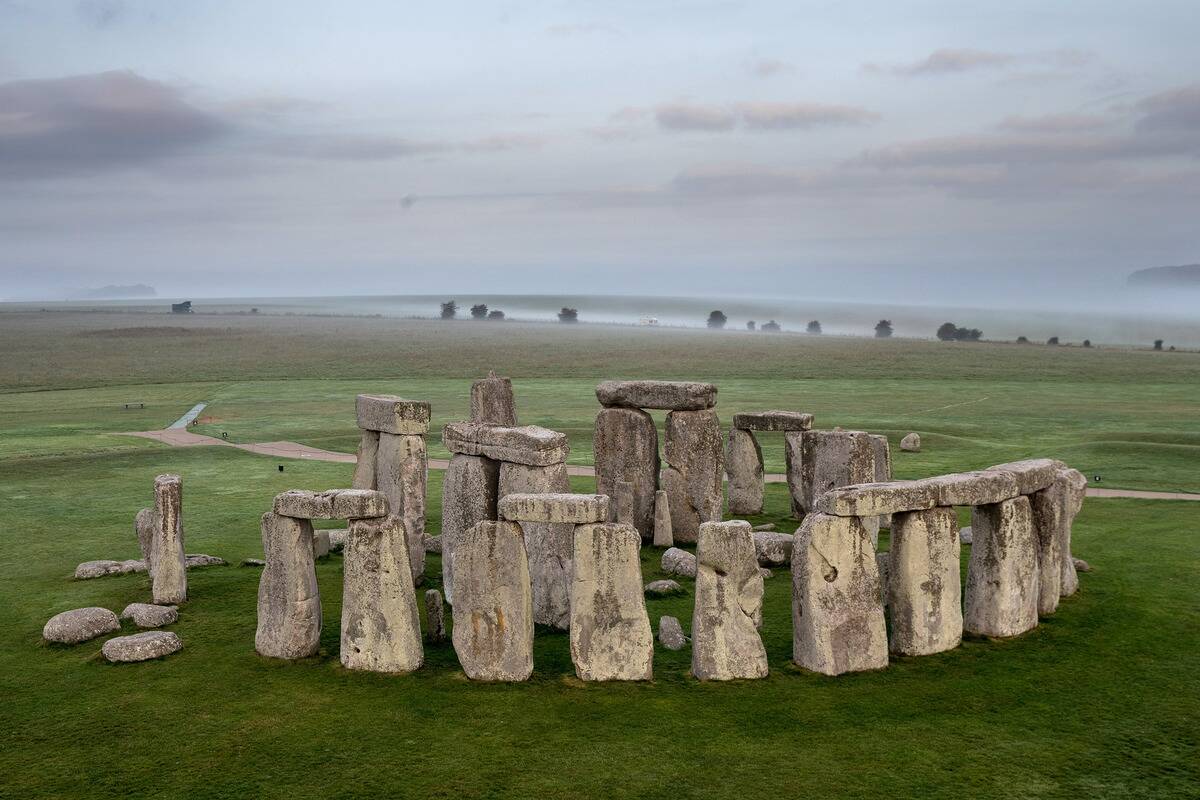
Stonehenge, located on the Salisbury Plain in England, has puzzled historians and archaeologists for centuries. Dating back about 5,000 years, this prehistoric monument consists of a ring of massive standing stones.
While its purpose remains uncertain, theories suggest it may have been an astronomical observatory or a ceremonial site. The precision of its alignment with the solstices continues to intrigue researchers and visitors alike.
Machu Picchu: The Inca’s Mountain Fortress
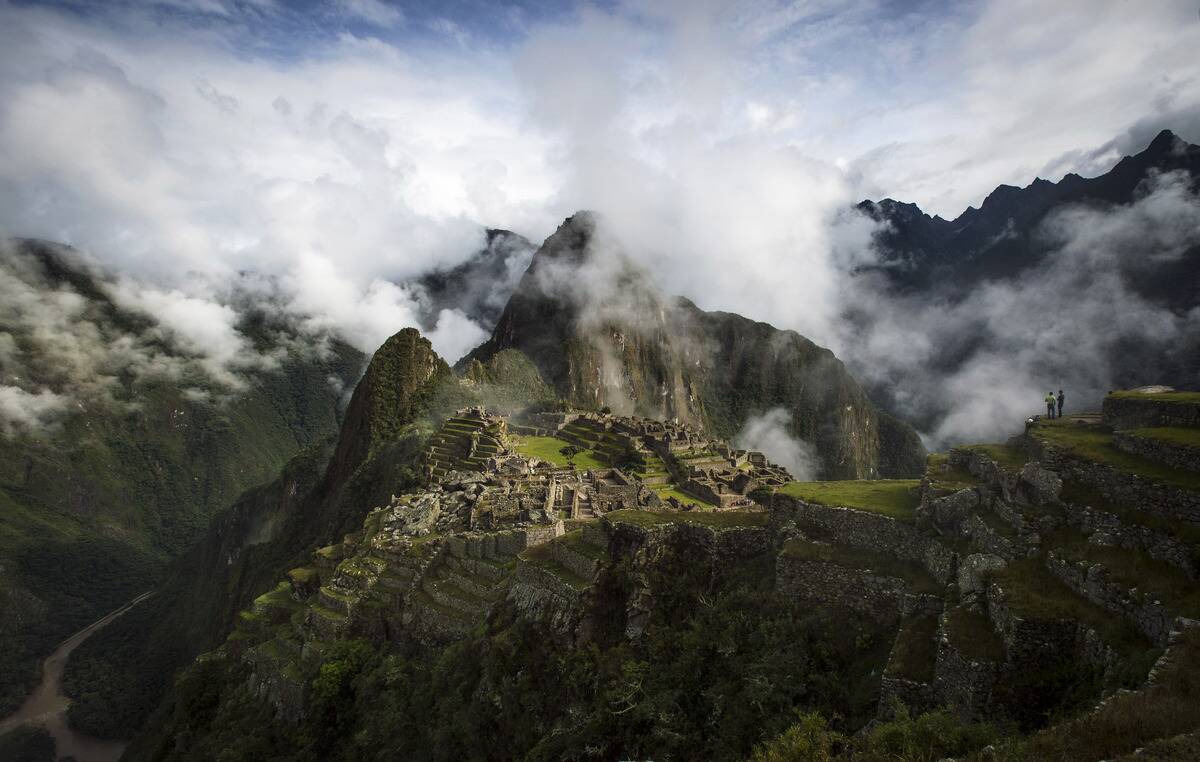
Perched high in the Andes Mountains, Machu Picchu is a breathtaking testament to Incan civilization. Rediscovered in 1911 by Hiram Bingham III, this 15th-century citadel is renowned for its advanced dry-stone construction.
The site features agricultural terraces, residential areas, and temples, all harmoniously integrated with the natural surroundings. Its exact purpose is still debated, but many believe it served as a royal estate or spiritual retreat.
The Nazca Lines: Geoglyphs of the Peruvian Desert
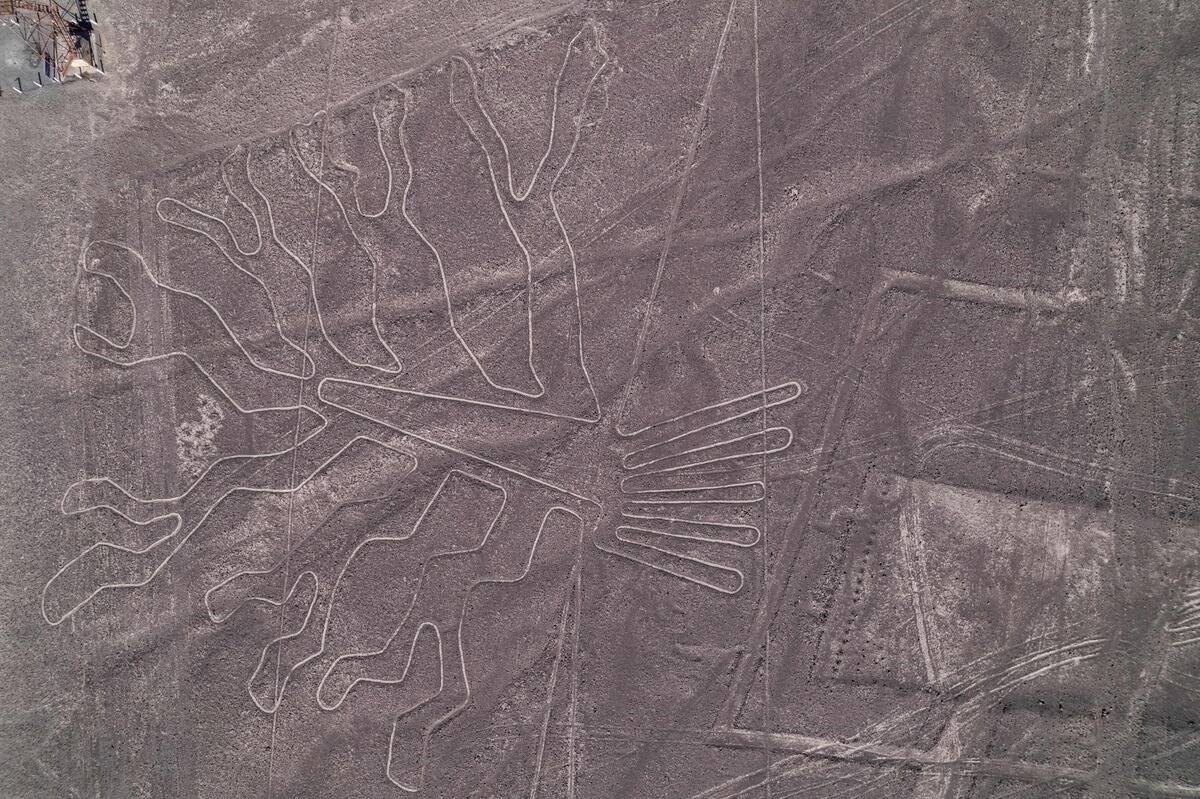
Etched into the arid plains of southern Peru, the Nazca Lines are a series of massive geoglyphs depicting animals, plants, and geometric shapes.
Created by the Nazca culture between 500 BCE and 500 CE, these figures span well over a hundred thousand acres and are best viewed from above. The purpose of these enigmatic designs remains a mystery, with theories ranging from astronomical calendars to religious rituals.
The Hanging Gardens of Babylon: A Legendary Wonder
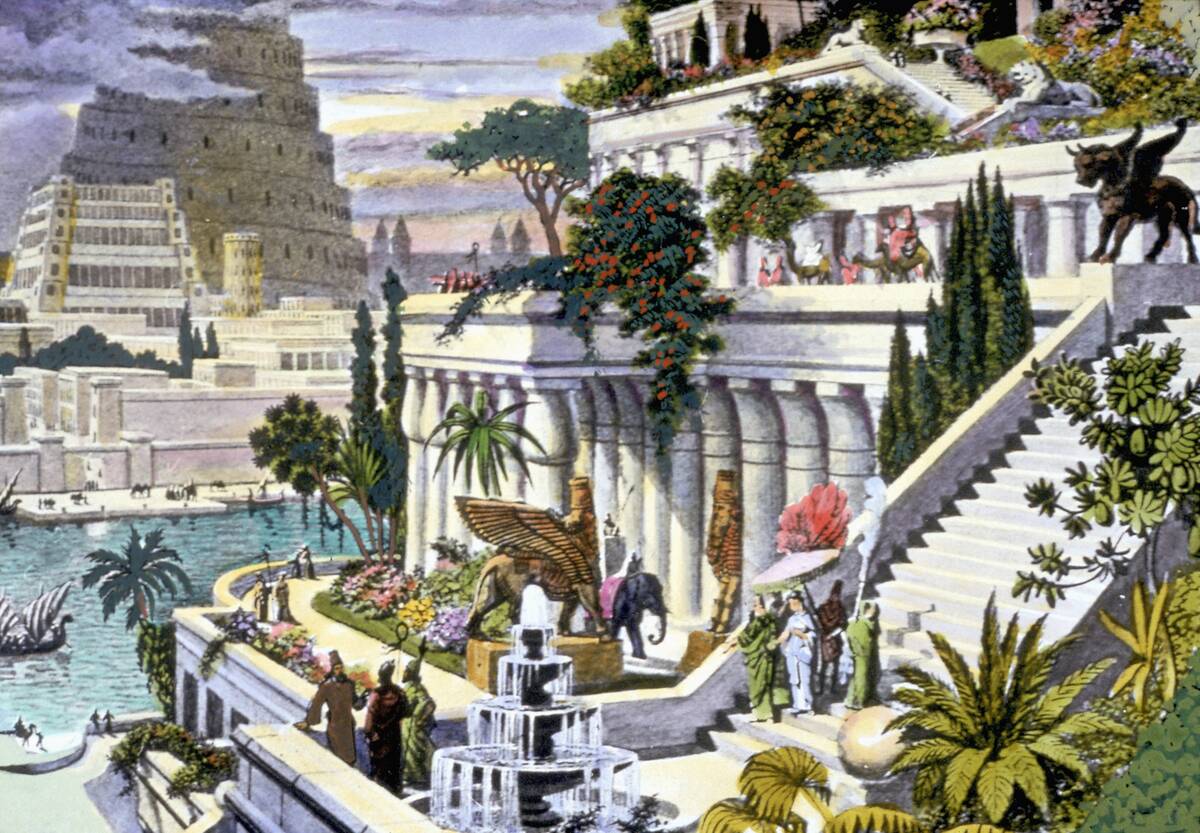
The Hanging Gardens of Babylon, one of the Seven Wonders of the Ancient World, were said to be an astonishing feat of engineering and horticulture. Although their existence remains unproven, ancient texts describe a series of tiered gardens filled with exotic plants and water features.
They were allegedly built by King Nebuchadnezzar II for his homesick wife, Amytis, to replicate her lush homeland. The gardens continue to capture the imagination as a symbol of ancient luxury.
Easter Island Statues: The Moai Mysteries

Easter Island, or Rapa Nui, is renowned for its enigmatic moai statues, which dot the island’s landscape. These monolithic figures, carved between 1250 and 1500 CE, weigh up to 82 tons and stand as tall as 10 meters (or 33 feet).
The islanders’ methods of transporting and erecting these statues remain a puzzle, as does their purpose. Some theories suggest they represent deified ancestors, watching over the island with their solemn gaze.
The Colossus of Rhodes: A Giant Among Structures

The Colossus of Rhodes was a towering statue of the sun god Helios, constructed in the 3rd century BCE. Standing approximately 33 meters (108 feet) tall, it was one of the tallest statues of the ancient world and a symbol of the island’s prosperity.
Although it was toppled by an earthquake in 226 BCE, its legacy endures. The statue’s grandeur and the feat of its construction continue to inspire wonder and admiration.
Petra: The Ancient Rose-Red City
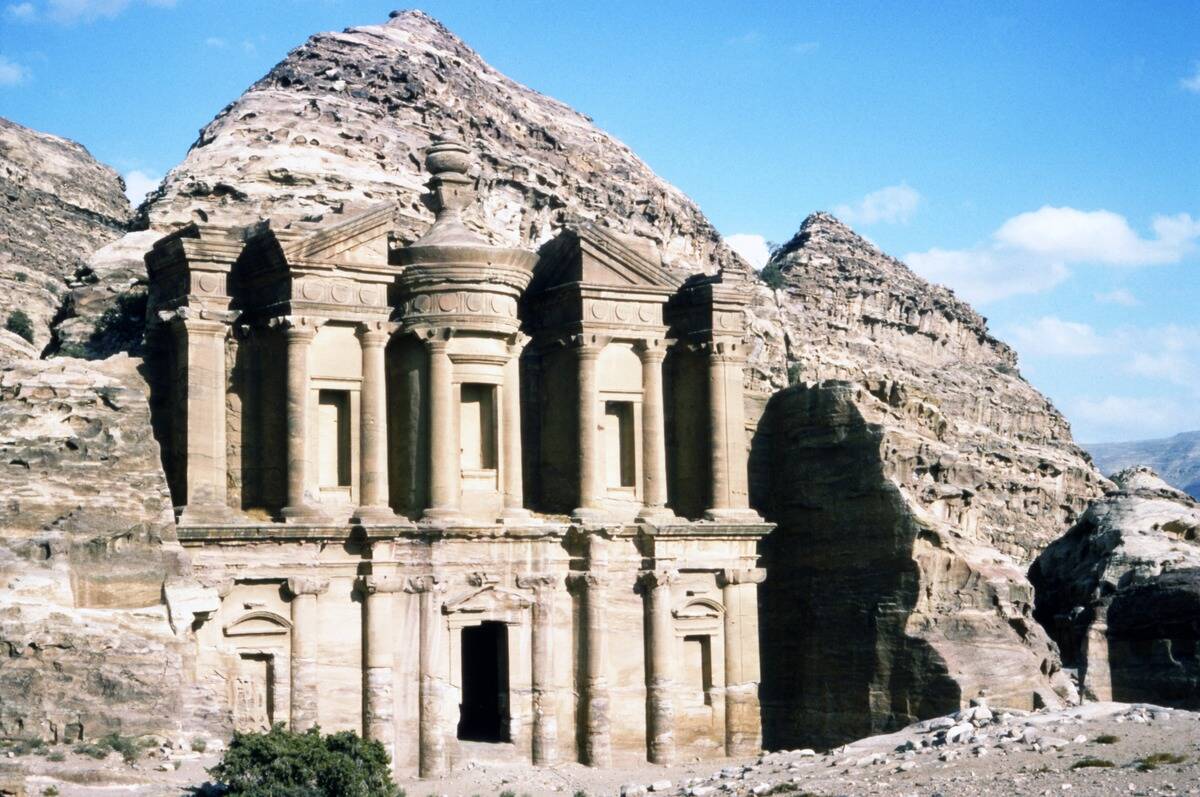
Nestled in the mountains of southern Jordan, Petra is a city carved into vibrant red sandstone cliffs. Established by the Nabataeans around the 5th century BCE, it served as a bustling trade hub.
The city’s most iconic structure, Al-Khazneh, or the Treasury, showcases exquisite rock-cut architecture. Petra’s strategic location and sophisticated water management system highlight the ingenuity of its ancient inhabitants.
The Temple of Artemis at Ephesus: A Sacred Marvel
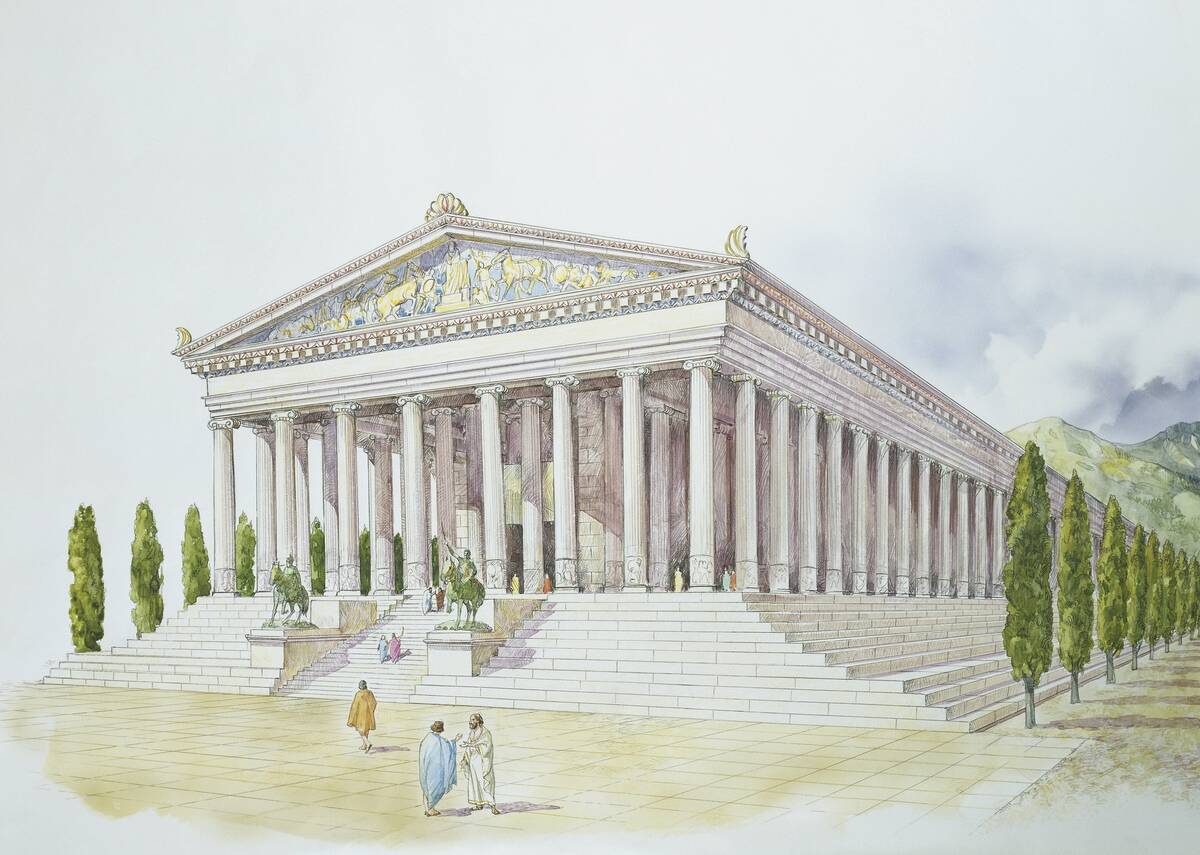
The Temple of Artemis at Ephesus was one of the Seven Wonders of the Ancient World, celebrated for its grandeur and artistry. Built in the 6th century BCE, it was dedicated to the goddess Artemis and featured 127 columns, each standing 40 feet tall.
This magnificent temple attracted pilgrims from across the ancient world, serving as both a religious sanctuary and a symbol of the city’s prosperity and cultural significance.
The Lighthouse of Alexandria: Guiding Ancient Mariners

The Lighthouse of Alexandria, also known as the Pharos of Alexandria, was a beacon of hope for ancient sailors. Constructed in the 3rd century BCE on the island of Pharos, it stood over 100 meters (330 feet) tall.
As one of the tallest man-made structures of its time, it guided mariners safely into the bustling harbor of Alexandria. Despite being damaged by earthquakes, its legacy as a marvel of ancient engineering endures.
The Ziggurat of Ur: A Step into the Past
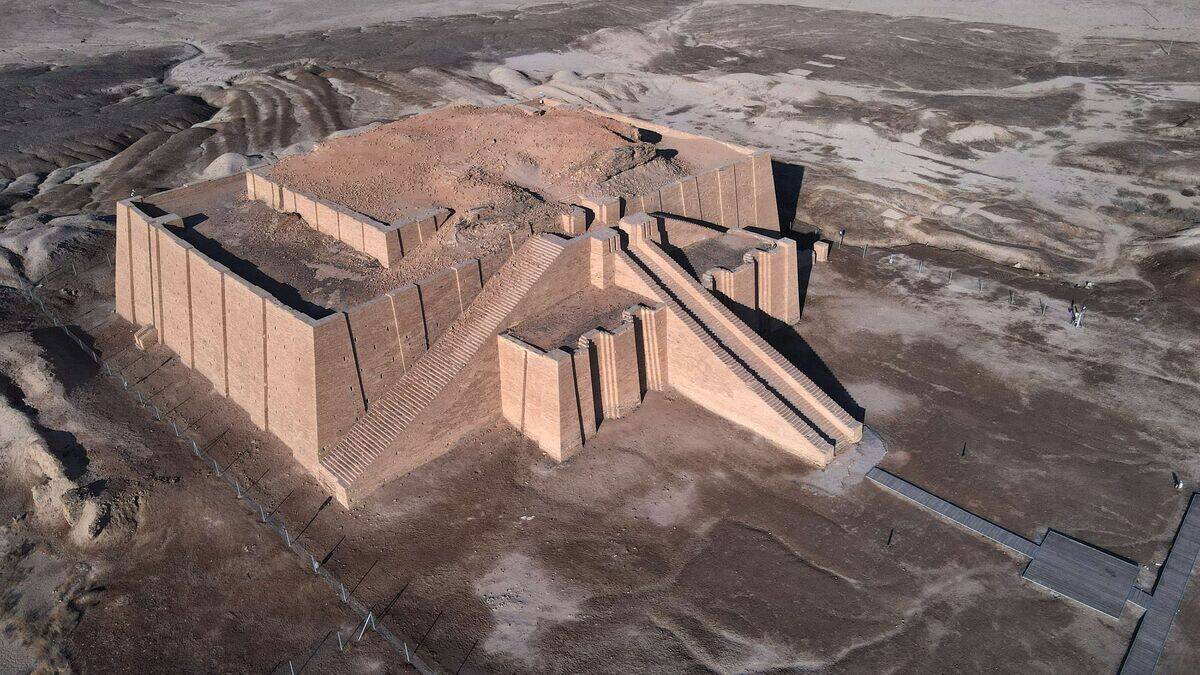
The Ziggurat of Ur, located in modern-day Iraq, is a remarkable example of ancient Mesopotamian architecture.
Constructed in the 21st Century BCE during the reign of King Ur-Nammu, this massive step pyramid served as a temple complex dedicated to the moon god Nanna. Its towering structure, made of mud-brick and supported by a solid core, offered ancient worshippers a place to connect with the divine.
The Pantheon: Rome’s Architectural Triumph
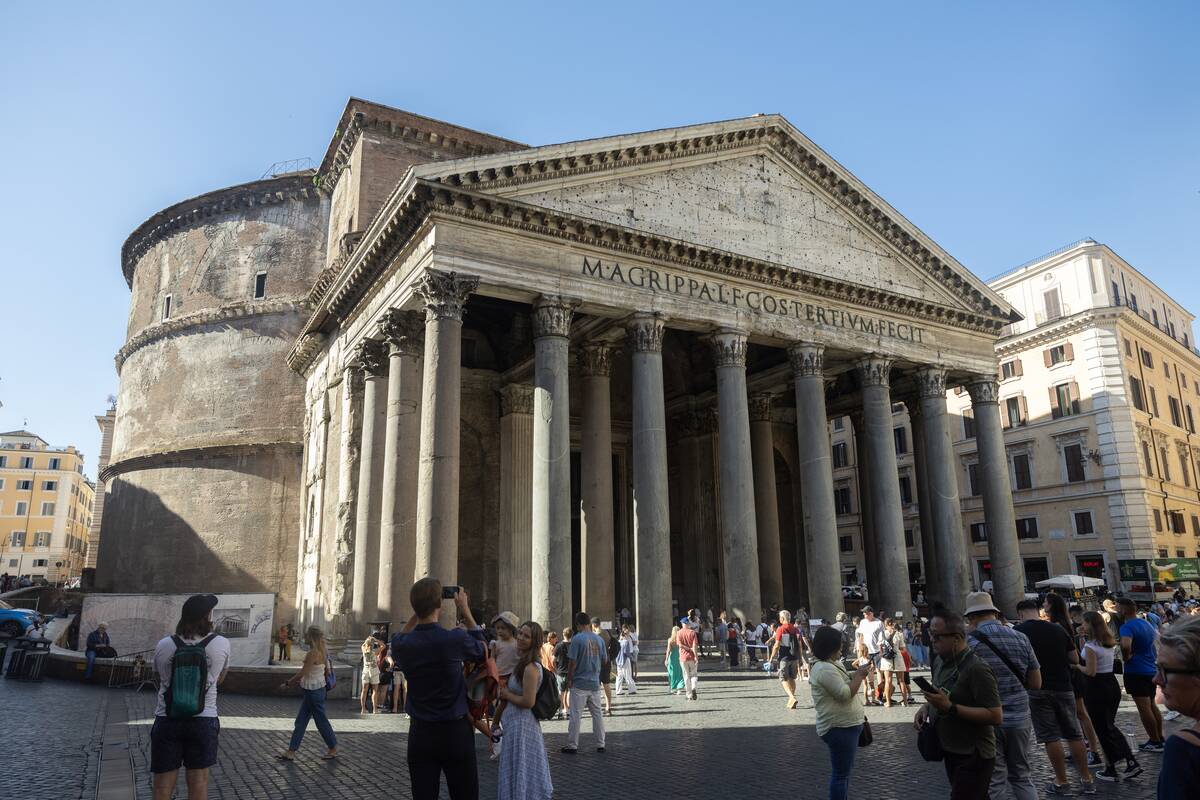
The Pantheon in Rome stands as a testament to the architectural prowess of the Roman Empire. Originally built by Marcus Agrippa around 27 BCE and later rebuilt by Emperor Hadrian around 126 CE, it boasts a massive dome with a central oculus.
This engineering marvel remains the world’s largest unreinforced concrete dome. Its harmonious proportions and elegant design have inspired architects for centuries.
The Terracotta Army: Guardians of the First Emperor
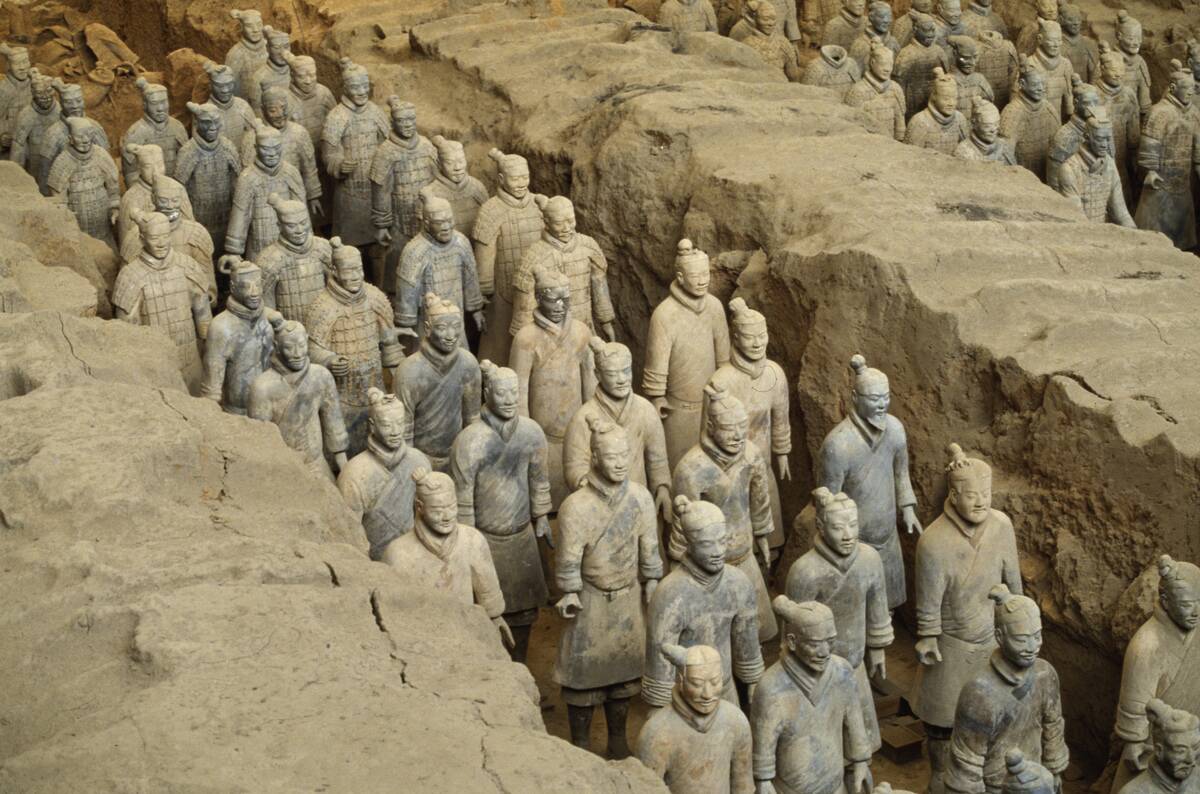
The Terracotta Army, unearthed in 1974 near Xi’an, China, is a breathtaking assembly of life-sized clay soldiers. Buried with China’s first emperor, Qin Shi Huang, around 210 BCE, the army was intended to protect him in the afterlife.
Each figure is uniquely detailed, capturing the diversity of the emperor’s real-life forces. This extraordinary archaeological discovery continues to offer insights into ancient Chinese society and military practices.
The Pyramids of Meroë: Nubian Architectural Secrets
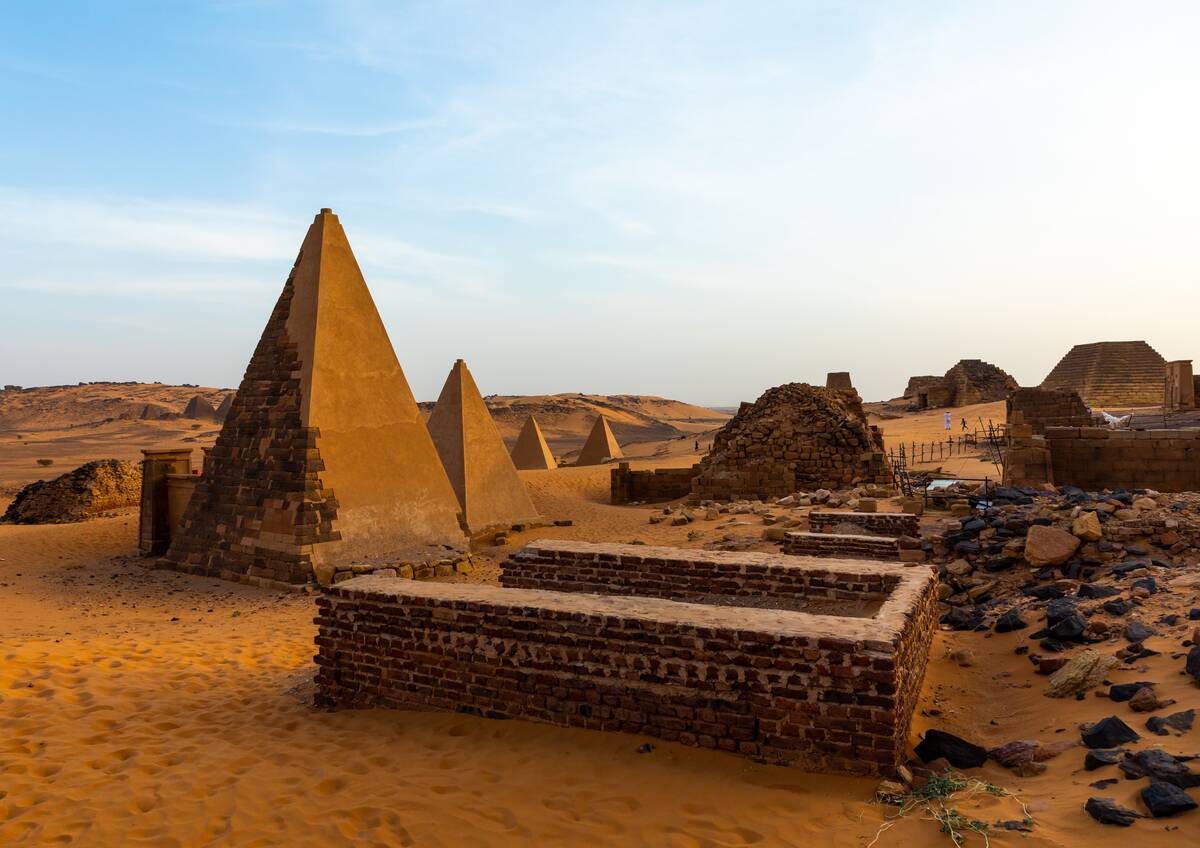
The Pyramids of Meroë, located in present-day Sudan, are lesser-known yet equally captivating compared to their Egyptian counterparts. Built by the Kingdom of Kush between 300 BCE and 300 CE, these pyramids served as royal tombs.
Their steep, narrow structures are distinct from the broader Egyptian pyramids, reflecting a unique architectural style. These pyramids offer a glimpse into the rich cultural legacy of the Nubian civilization.
Göbekli Tepe: The World’s Oldest Temple Complex
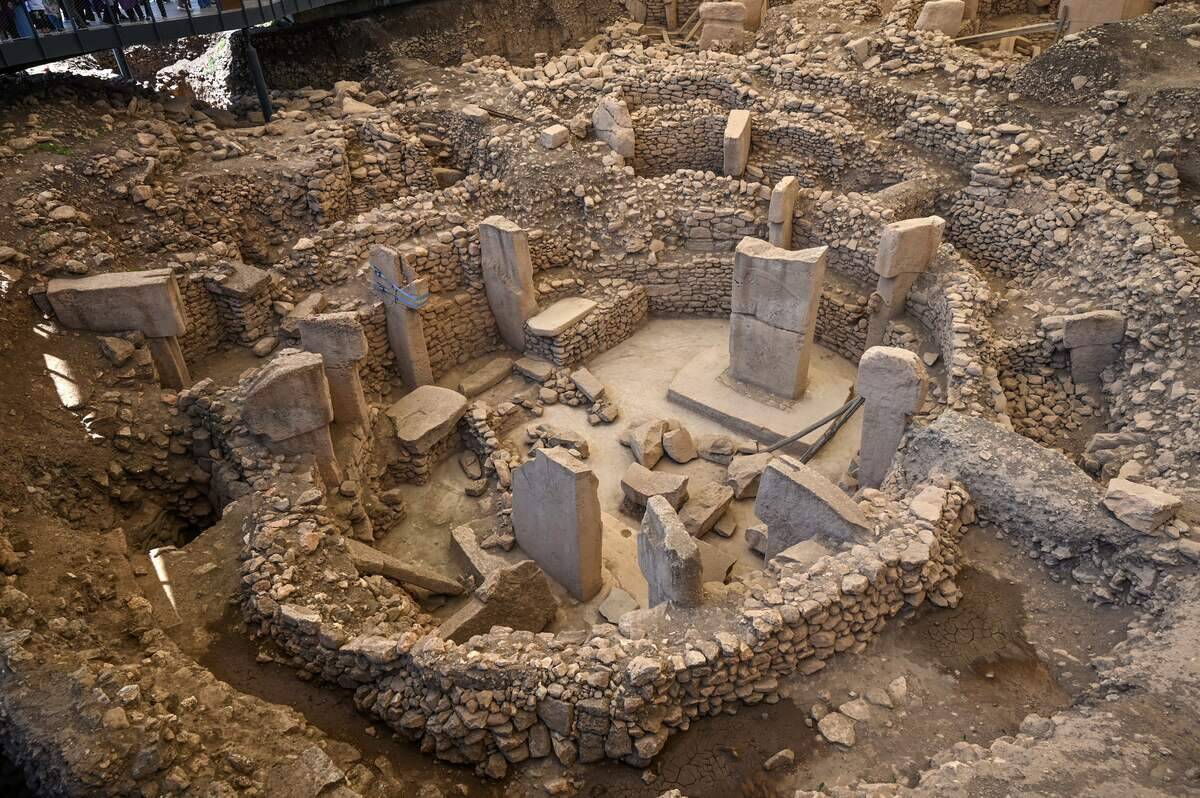
Göbekli Tepe, located in southeastern Turkey, is a groundbreaking archaeological site that challenges our understanding of early human history. Dated to around 9500 BCE, it predates Stonehenge by several millennia.
The site features massive stone pillars arranged in circular enclosures, adorned with intricate carvings of animals and abstract symbols. Its discovery has reshaped theories about the development of human civilization and the origins of religious practices.



